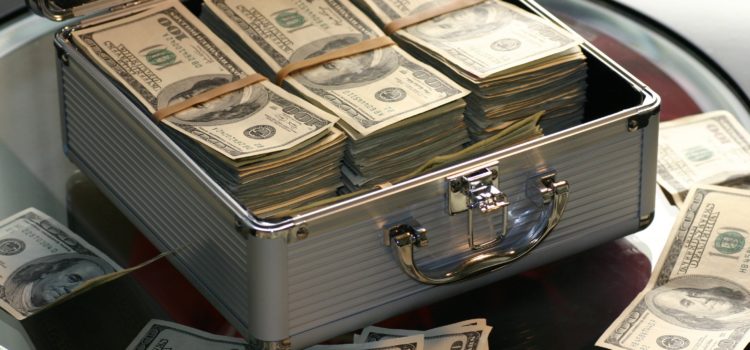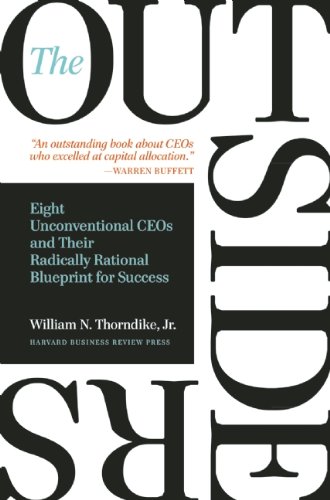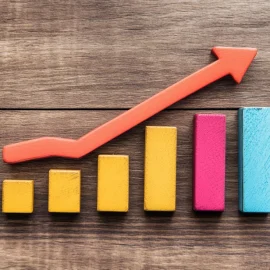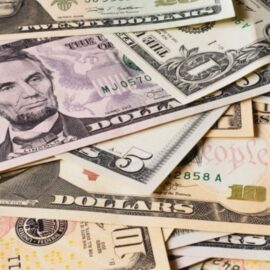

This article is an excerpt from the Shortform summary of "The Outsiders" by William N. Thorndike, Jr. Shortform has the world's best summaries of books you should be reading.
Like this article? Sign up for a free trial here .
What are share buybacks? Are stock buybacks good for a company?
A share buyback is when a company uses some of its cash flow to buy back stocks on the open market. This can have several benefits, and was a key part of what made the Outsider CEOs successful. Read about why companies would make share repurchases, and some key examples.
Share Buybacks: Why Companies Repurchase Shares
Share buybacks, often called corporate buybacks or share repurchases, are now a relatively common practice, but that wasnt’ always the case. Outsider CEOs resisted focusing on reported earnings, which present a muddled reflection of company performance because of capital expenditures, acquisitions, and other accounting artifacts. Instead, they focused on cash flow and then-innovative metrics like EBITDA (earnings before interest, taxes, depreciation, and amortization). This affected their operations deeply, from how they financed acquisitions to their compensation schemes for employees.
This relentless focus on cash flow also allowed them to avoid counterproductive distractions, such as costly acquisitions for the sake of growth that would later prove unprofitable. Instead Outsider CEOs could focus on more unconventional methods like stock buybacks.
Focus on Shareholder Returns
Typical CEOs let their egos get involved in strategic decisions. They enjoy empire building, growing revenue and headcount without concern for profit or long-term outcomes, or for their investors whom share buybacks might benefit.
In contrast, outsider CEOs focused on shareholder value as their top priority. Having low egos, they didn’t hesitate to shrink the size of the company if it meant better returns to shareholders. For instance, Henry Singleton of Teledyne actively spun out businesses, believing they would independently perform better than under one large umbrella. This reduced the size of Teledyne but improved total shareholder performance.
This allowed them to make clear decisions on the best way to increase cash flow and create value for investors. Share repurchases are often part of that equation.
Corporate Buyback Examples
Outsider CEOs tended to be strategically flexible, changing company strategy as the circumstances required. Rather than adhering to a preset strategy, outsider CEOs evaluated all possible options at each point in time, then chose the option that was best.
Therefore, these CEOs were willing to use share buybacks if they were thee best use of cash; in another time, using high-priced stock to buy companies might be preferable. More often than not, their decisions paid off. these four examples of share buybacks reaped huge profits for the company and investors. To use corporate buyback is still a common method among CEOs today.
Example #1: Henry Singleton, Teledyne
Singleton’s share buybacks were in a class of its own in its level of aggression. Over 12 years, he bought back a staggering 90% of Teledyne’s shares, at one point buying over 20% in a single tender offer. He acted deliberately at opportune times, when Teledyne’s stock price was low; when interest rates were low, he would use debt to buy back stock.
Example #2: John Malone, TCI
Like other outsider CEOs, Malone leveraged stock buybacks, repurchasing ver 40% of outstanding shares. He took advantage when TCI stock reached especially low multiples. When allocating capital, he would compare the value of buying back stock to making more acquisitions, then make the more profitable transaction.
Example #3: Katharine Graham, Washington Pst
In 1975, the Post faced a worker’s strike from the paper printers. Determined not to give in, Graham hastily hired a crew to man newspapers, publishing for 139 days before the printers conceded. Winning many favorable concessions, Graham made big improvements to the Post’s margins. Then she turned to the idea of corporate buybacks.
Warren Buffett advised Graham to repurchase Post shares, given their low prices. She did a stock repurchase, and bought back 40% of Post shares, an unusual move that her competitors didn’t follow.
Example #4: Bill Stiritz, Ralson Purina
Stiritz was fond of using leverage to achieve higher returns on equity, and was familiar with stock repurchase. This followed the leveraged buyout practices of private equity firms, but it was an unorthodox move for packaged goods companies, which preferred having conservative balance sheets. Over his tenure, he kept an average debt-to-cash flow ratio of 2.6, compared to 1.7 for his competitors.
Share buybacks can increase the value of the company, and help generate cash flow. It’s a tried and true strategy leveraged by several Outsider CEOs, who utilized corporate buybacks as a part of their plans for growth and profit.

———End of Preview———
Like what you just read? Read the rest of the world's best summary of William N. Thorndike, Jr's "The Outsiders" at Shortform .
Here's what you'll find in our full The Outsiders summary :
- What great CEOs like Warren Buffett do that average CEOs don't
- How to master the art of capital allocation
- How to be a great manager that your team is excited to work with






